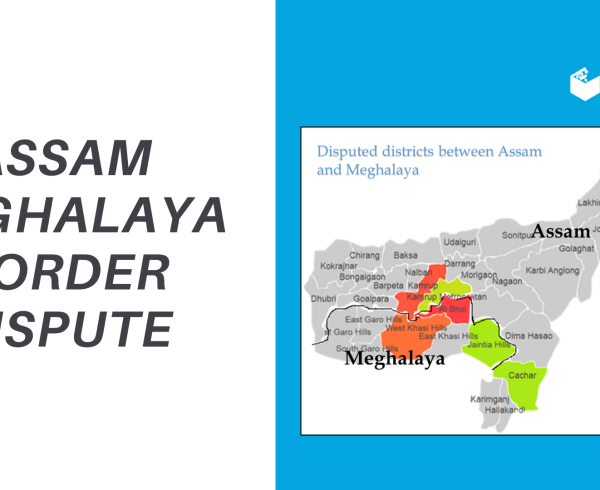A new study projects that climate change will significantly impact El Niño-La Niña weather patterns approximately by 2030.
Findings of the study:
- Study published in Nature journal – It has projected that climate change will impact El Niño-La Niña weather patterns approximately by 2030, a decade before what was earlier predicted.
- WMO prediction – In 2022, the World Meteorological Organisation (WMO) predicted the first “Triple dip” La Niña of the century. This is only the third time since 1950 that a triple dip La Nina has been observed.
What is El Niño?
- El Niño is a loose translation of “little boy” or “Christ child” in Spanish.
- El Niño is the warming of sea waters in Central-east Equatorial Pacific that occurs every few years (Warm phase off the coast of Peru).
- During El Niño, surface temperatures in the equatorial Pacific rise
- This weakens the trade winds — east-west winds that blow near the Equator.
- Due to El Niño, easterly trade winds that blow from the Americas towards Asia change direction to turn into westerlies. It thus brings warm water from the western Pacific towards America.
Effects of El Niño Phenomenon:
- El Niño causes dry, warm winter in Northern U.S. and Canada and increased flooding risk on the U.S. gulf coast and southeastern U.S.
- It brings drought to Indonesia and Australia.
- In India, an El Nino event is strongly linked.
What is La Niña?
- La Niña or “Little girl” is the opposite of El Niño.
- La Niña sees cooler than average sea surface temperatures in the equatorial Pacific region.
- It is the “Cool phase”.
- Trade winds are stronger than usual, pushing warmer water towards Asia.
Effects of La Niña Phenomenon:
- Pacific cold waters close to the Americas push jet streams (narrow bands of strong winds in the upper atmosphere) northwards. 2. La Niña leads to drier conditions in Southern U.S.
- La Niña has been associated with heavy floods in Australia.
- In the Indian context, La Niña is associated with good rainfall during the monsoon season.





